In today’s data-driven landscape, sensitive information—like PII (Personally Identifiable Information), PHI (Protected Health Information), and PCI (Payment Card Information)—sprawls across enterprise systems. For data teams, keeping tabs on this data has become a formidable task. Sensitive data discovery, the process of locating, classifying, and securing this information, is no longer optional. But with sensitive data spread across legacy systems, unstructured formats, and databases, getting a handle on it can feel overwhelming.
This guide digs into the common challenges enterprise teams face when attempting sensitive data discovery, offers practical strategies to stay compliant and secure, and explores how the right tools can make a difference in managing complex data environments.
What is Sensitive Data Discovery?
Sensitive data discovery is the process of identifying and cataloging data that that presents security and privacy risks, or is regulated by data privacy standard. It provides organizations with visibility into where sensitive data resides, how it’s used, and who has access to it. Sensitive data discovery isn’t just about locating files—it’s about finding the data that needs strict security measures to meet privacy regulations and minimize exposure risk.
In an enterprise setting, this process becomes complex. Sensitive data doesn’t sit neatly in one place. Instead, it’s scattered across production databases, test environments, backup files, and unstructured formats like emails and documents. Each layer adds to the challenge, creating a sprawling data landscape where information hides in unexpected places. Managing this sprawl requires precision, continuous oversight, and a strategic approach to ensure that sensitive data remains both secure and compliant across the entire organization.
Why does this matter? Because effective data discovery is critical for:
- Governance: Knowing where sensitive data lives means better control over who can access it and how it’s used.
- Compliance: Regulations like GDPR, HIPAA, CCPA, and PCI DSS require strict oversight of sensitive information.
- Risk Management: Uncovered data is a breach waiting to happen. Finding and securing sensitive information reduces the chance of exposure.
- Auditing: Finding, analyzing and reporting on your sensitive data and assessing whether it is sufficiently protected.
A robust data discovery strategy is essential for enterprises to stay compliant, manage risks proactively, and safeguard their most critical assets
Types of Sensitive Data
Sensitive data spans multiple categories, each requiring specific protection measures:
- Personally Identifiable Information (PII): strong> Information like names, Social Security numbers, and contact details that can identify individuals.
- Protected Health Information (PHI): Medical records, insurance details, and health data, which must comply with regulations such as HIPAA.
- Payment Card Information (PCI): Credit card numbers, bank details, and financial transactions governed by PCI DSS standards
- Intellectual Property (IP): Proprietary business information, including trade secrets, research, and product designs.
Properly identifying these data types is the foundation of effective data management and regulatory compliance.
Challenges of Sensitive Data Discovery in Enterprise Environments
Enterprise data environments don’t make sensitive data discovery easy. With layers of storage, legacy systems, and often-rapid data updates, locating sensitive data quickly becomes a difficult, resource-heavy task. Let’s dive into the specific challenges.
1. Data Sprawl and Complexity
Enterprise data rarely stays in one place. Sensitive information often resides across multiple databases, data lakes, and shared storage systems. It’s common to find sensitive data in a primary production database, test environments, archived backups, and even shared cloud folders. With data moving across these touchpoints, knowing where it all lives becomes a challenge.
Take, for instance, a financial services organization storing customer information in production databases, testing servers, and document repositories. The more this information spreads, the more chances there are for something to slip through the cracks, leaving sensitive data exposed. For data teams, this means hours spent combing through scattered systems, risking gaps where critical information is left unchecked.
2. Legacy or Forgotten Data
Many enterprises still retain “dark data”—old or unmanaged data stored in legacy systems, backups, or project files. This data may not be actively managed, but it still contains sensitive information. Imagine a healthcare provider migrating to a new system but retaining old patient records. These legacy records might be overlooked in regular scans, creating potential compliance and security risks.
A bank, for instance, might migrate to a modern system but still keep older data “just in case.” That legacy data, sitting in outdated formats, isn’t in regular scans, meaning sensitive customer information could go unnoticed. Ignoring dark data leaves enterprises vulnerable, as these “forgotten” data sets frequently fall outside of regular monitoring and security protocols.
3. On-Premises Infrastructure
While many organizations have moved to the cloud, a substantial number still rely on on-premises infrastructure, especially in industries with strict data mandates. On-prem environments present unique challenges for sensitive data discovery. These systems are often harder to monitor continuously and may lack integration with modern discovery tools, leaving data teams with a piecemeal view of sensitive data.
For example, healthcare providers often have large volumes of PHI stored on local servers due to compliance requirements. This data requires constant monitoring, yet scanning on-prem environments can be slower and more complex, often involving outdated systems that don’t support continuous discovery.
4. Multi-Database Environments
A typical enterprise data environment isn’t one-size-fits-all; it’s a mix of heterogeneous databases like SQL, Oracle, NoSQL, and document-based systems. Each of these databases has its own structures, query requirements, and storage formats. This lack of uniformity makes discovering sensitive information challenging, as each system demands a tailored approach.
Imagine an e-commerce business managing customer PII across a MySQL production database, a NoSQL data lake, and a set of SQL-based reporting systems. Consistently finding and securing sensitive data in such diverse systems becomes an uphill battle, with data discovery efforts often stalling due to the lack of a unified approach.
5. Frequent System and Application Releases
In agile environments, frequent releases mean new sensitive data fields or application updates are constantly being introduced. For example, an update to an app might start collecting additional customer data, but unless the discovery tools adapt immediately, this data could go undetected until the next scan. With each release, data teams must ensure discovery efforts are synchronized to avoid data slipping through the cracks.
6. False Positives and Alert Fatigue
Discovery tools often overwhelm IT teams by flagging non-sensitive data as sensitive, creating false positives. This wastes time and can lead to “alert fatigue,” where teams overlook genuine risks because they’re inundated with irrelevant alerts. Managing these requires advanced detection that distinguishes real threats from noise.
7. Embedded and Unstructured Sensitive Data
Sensitive data doesn’t always sit neatly in structured databases; it’s often hidden within XML files, nested data structures, application logs, or in unstructured formats like emails, PDFs, and media files. These formats don’t follow consistent structures, making it tough for traditional discovery tools to detect sensitive information accurately. For instance, customer PII might be buried within XML tags or spread across various document types, leaving it vulnerable and unprotected. Organizations with high volumes of unstructured and embedded data require advanced NLP (Natural Language Processing) and ML( Machine Learning) capabilities to ensure all sensitive data is correctly identified and safeguarded.
Why Traditional Data Discovery Falls Short
Traditional discovery methods—such as manual scripts or department-specific tools—often fall short when dealing with complex, dynamic enterprise data.
- Manual Scripts: These can be useful for one-off tasks, but they’re time-consuming, prone to error, and hard to scale. When data volumes and complexity increase, manual methods are impractical.
- Department-Specific Tools: Different teams often use different tools (e.g., DevOps tools for databases, analytics tools for marketing data), creating silos. This lack of cohesion leaves data unaccounted for and difficult to manage.
- Broad Security Policies with Limited Usability: Security teams might use encryption as a blanket policy, making data secure but often unusable for functions like analytics or testing. This can hinder productivity and make the data less accessible for necessary operations.
Traditional approaches are no longer sufficient for comprehensive and adaptable data discovery. Modern data landscapes require solutions that cover the entire spectrum of sensitive data across all environments.
Sensitive Data Discovery Strategy for Enterprises
As enterprise data grows in scale and complexity, organizations need a comprehensive approach to locating, classifying, and securing sensitive information across multiple environments. An effective data discovery strategy combines automated discovery, intelligent classification, and robust compliance practices. Together, these elements form the foundation for meeting regulatory requirements, managing data risks, and ensuring secure, accessible data for the entire organization.
1. The Shift to Automated Discovery
In large, fast-evolving data landscapes, manual discovery methods quickly become impractical. Automated discovery tools provide the scalability and adaptability that today’s enterprises require. By automatically locating sensitive data across databases, unstructured files, and cloud storage, automated discovery offers full coverage, leaving no data unmanaged. This level of thoroughness is essential for enterprises facing stringent compliance requirements and complex data sprawl.
Beyond just locating data, automated discovery offers distinct advantages:
- Complete Coverage Across Environments: Automated discovery tools scan all data locations, from structured databases to unstructured sources like documents and cloud storage, ensuring no data is left behind.
- Efficiency and Consistency: Automated discovery reduces human error and provides rapid, consistent scans across environments, allowing organizations to manage data without extensive manual labor.
- Improved Usability Across Teams: Automated discovery solutions can mask or anonymize data, making it accessible to different teams—such as analytics, development, and operations—while maintaining compliance.
Automated discovery not only helps organizations stay compliant but also enhances usability and security across the entire data ecosystem.
2. Smart Data Classification: Organizing Data by Sensitivity and Risk
Finding sensitive data is just the first step; to manage it effectively, data teams must also classify it by risk and regulatory requirements. Classification helps ensure that data is governed and secured according to its sensitivity level, regulatory needs, and access permissions. A well-designed classification system adds structure to sensitive data management, empowering teams to apply the right protections and monitor access in line with compliance mandates.
Key Elements of a Strong Classification Strategy:
- Automated Classification: In large-scale environments, manual classification is neither practical nor accurate. Automated classification tools apply AI to rapidly tag data, helping reduce time, labor, and potential errors.
- Contextual Awareness: Effective classification considers not just data type but also context—how frequently data is accessed, who uses it, and where it’s stored. This ensures that high-risk data receives stricter protections than low-risk, archived information.
- Policy-Based Rules: Classification should align with compliance standards like GDPR, HIPAA, and PCI DSS. Policy-driven classification rules allow organizations to automatically adjust classification based on regulatory changes, eliminating the need for manual reclassification.
With a strong classification strategy, data discovery becomes structured and manageable, laying the groundwork for proactive governance and risk-based security.
3. Ensuring Compliance with Sensitive Data Discovery Tools
In complex enterprise environments, compliance means more than just finding sensitive data—it’s about securing it in a way that enables business operations to flow seamlessly. Automated discovery tools are designed to do just that: they locate, classify, and mask sensitive data intelligently, ensuring it’s protected yet accessible for essential tasks like analytics, development, and reporting.
By using automated detection and smart masking, these tools allow you to protect sensitive information without the burden of manual intervention or the risk of human error. As sensitive data is identified, it’s instantly masked, leaving a secure audit trail that logs every action—from discovery to classification and anonymization. This ensures that regulatory standards are met and that every piece of sensitive data is accounted for, safeguarded, and ready for audit.
The result? Your teams have secure access to the data they need, and your organization gains a clear, verifiable record of compliance, reducing risk and reinforcing trust across the board.
ADM: Sensitive Data Discovery Tool for High-Risk Enterprises
To keep up with today’s data challenges—spanning multi-database systems, legacy infrastructure, and unstructured sources—organizations need a discovery tool that works seamlessly across all environments. ADM (Automated Discovery and Masking) offers an efficient approach to sensitive data discovery, built to handle the complexities of large-scale enterprise data.
ADM not only locates and classifies sensitive data across SQL, NoSQL, and unstructured sources, but also supports dark data detection, real-time monitoring, and audit-ready compliance reporting. It provides an integrated, automated solution for data discovery, bringing structured data, unstructured content, and legacy files into a single system of control. With ADM, data teams can manage data sprawl confidently, ensure comprehensive classification, and prove compliance with continuous reporting and monitoring.
How ADM simplifies Sensitive Data Discovery
- Automated Discovery Across Systems: ADM automatically scans SQL, Oracle, and document-based databases, identifying sensitive data across systems without manual effort. Using machine learning, ADM finds data based on your specific compliance needs
- Discovery for Dark Data: Legacy and unstructured sources often contain sensitive information hidden from view. ADM integrates seamlessly with on-prem and legacy systems, uncovering sensitive data in old backups and forgotten files, bringing dark data into the light.
- AI-Driven Unstructured Data Analysis: ADM uses NLP (Natural Language Processing) and machine learning to identify sensitive information within unstructured data sources, such as documents and emails. This coverage means that no sensitive data is left unprotected, regardless of its format.
- Automated Classification and Compliance Reporting: ADM’s classification feature assigns sensitivity levels, tags data based on regulatory needs, and generates audit-ready compliance reports. This not only supports proactive governance but also simplifies audit preparation, providing a clear record of how sensitive data is managed.
- Intelligent Discovery: ADM analyzes data contextually, dramatically cutting down false positives. By understanding data patterns more accurately, ADM helps teams focus on true security issues without sifting through irrelevant alerts.
- Detecting Embedded Data: ADM’s intelligent scanning dives into complex formats, locating sensitive data even within XML structures and nested files. This ensures hidden or embedded data is discovered, classified, and protected—leaving no gaps in coverage.
With ADM, data teams gain a centralized solution for locating, classifying, and securing sensitive data, backed by automated compliance tools and real-time monitoring that adapt
Conclusion
Sensitive data discovery has evolved from a basic security measure to an essential component of enterprise data governance and compliance. In today’s landscape, where data moves across systems and regulations grow more stringent, discovering and managing sensitive data effectively is a priority for enterprises.
Best practices like automated classification, continuous monitoring, and audit-ready reporting equip data teams with the tools to stay ahead of compliance requirements and reduce data risks. With a solution like ADM, organizations gain comprehensive visibility, control, and compliance support, transforming sensitive data discovery from a challenge into a strategic advantage.
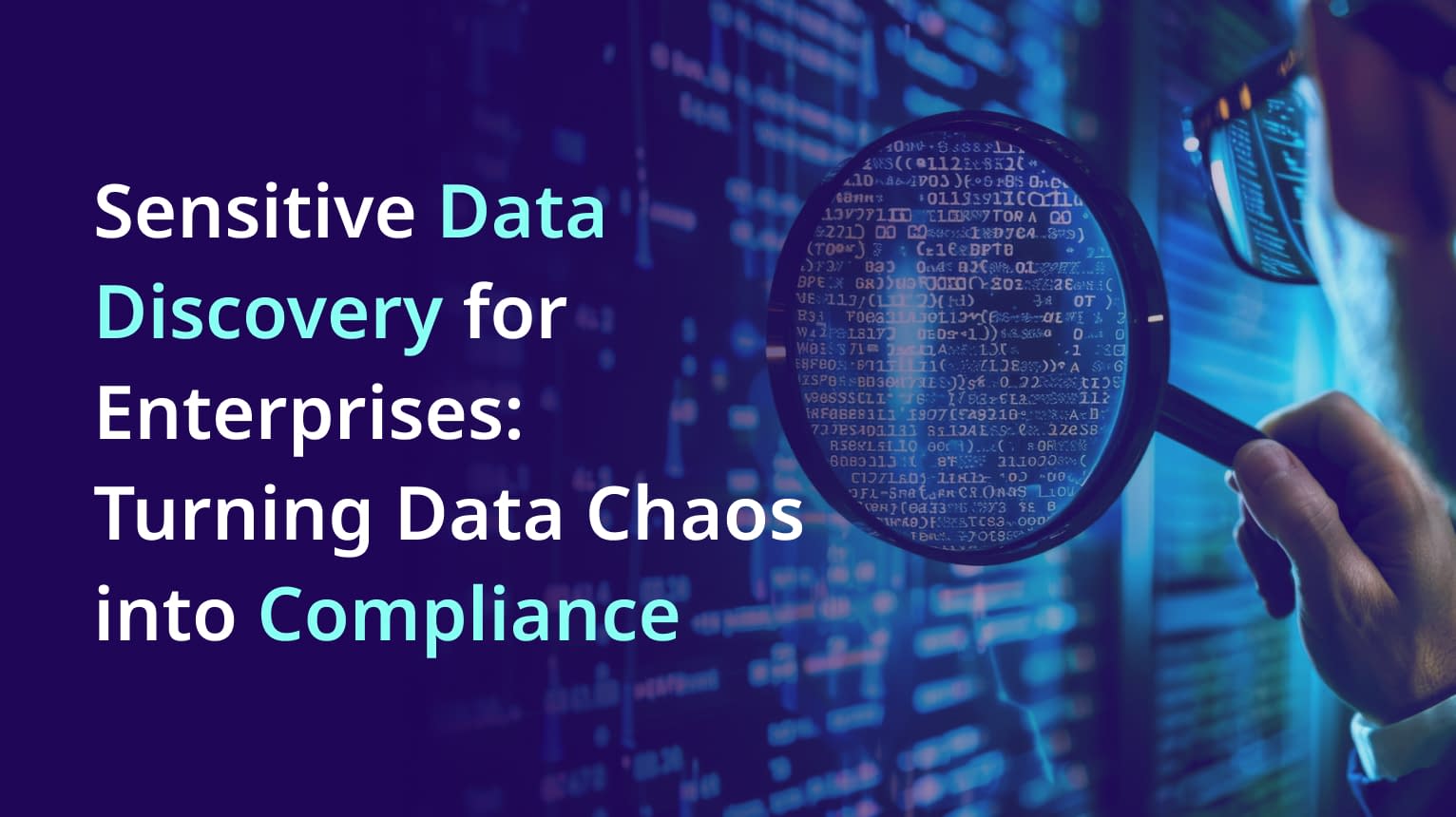




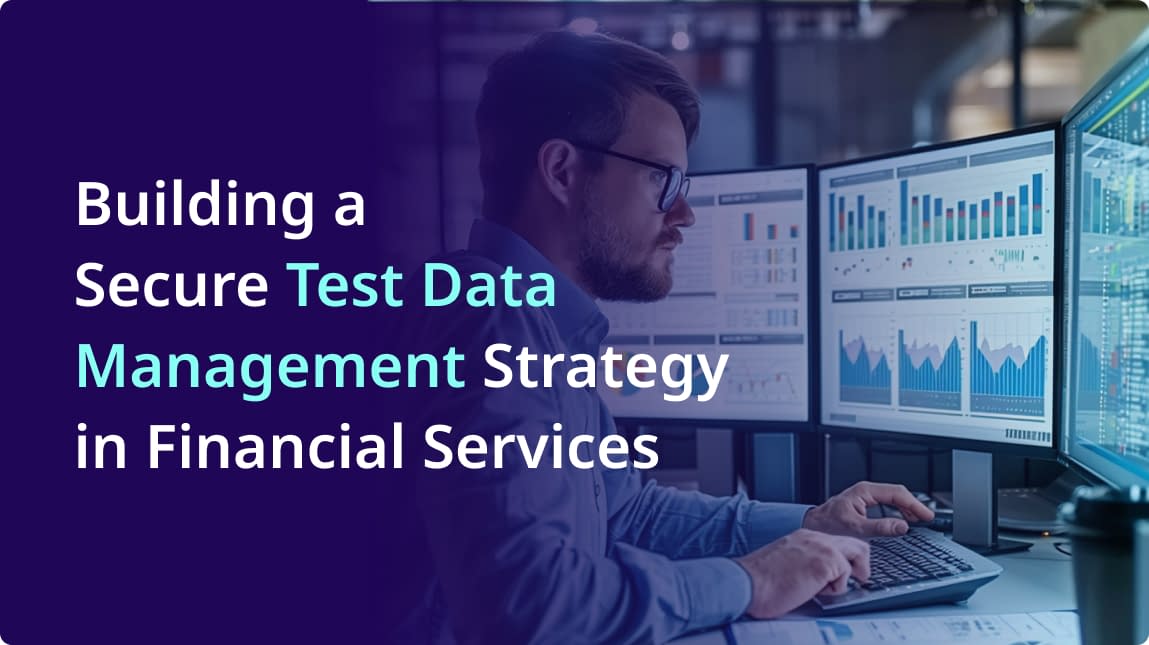
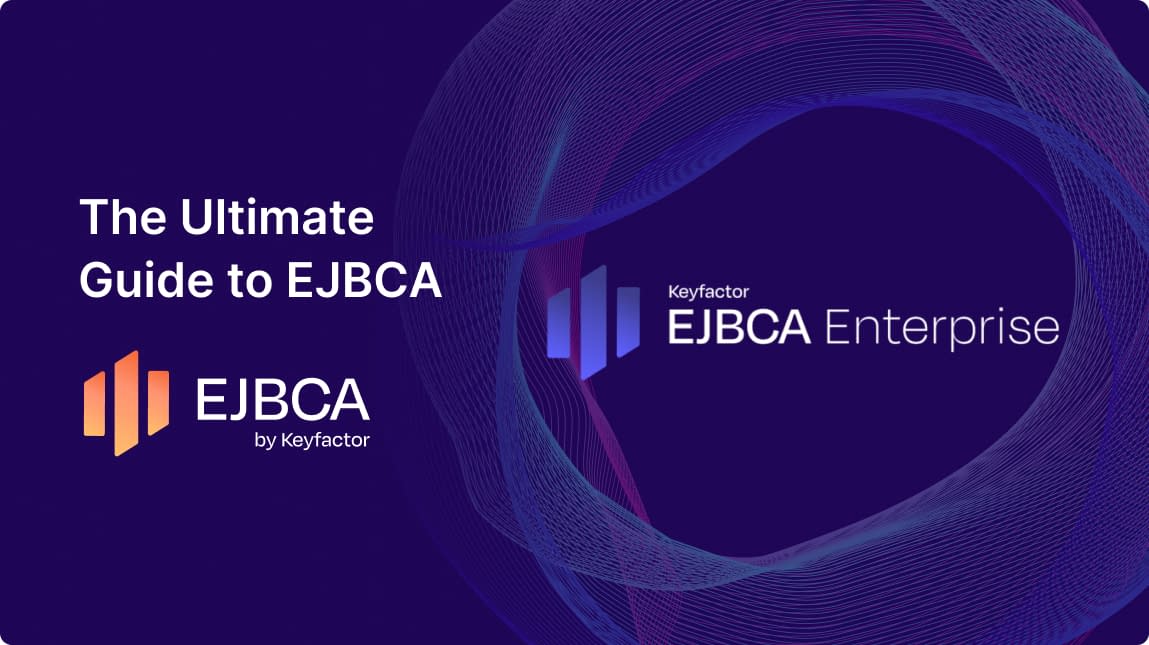
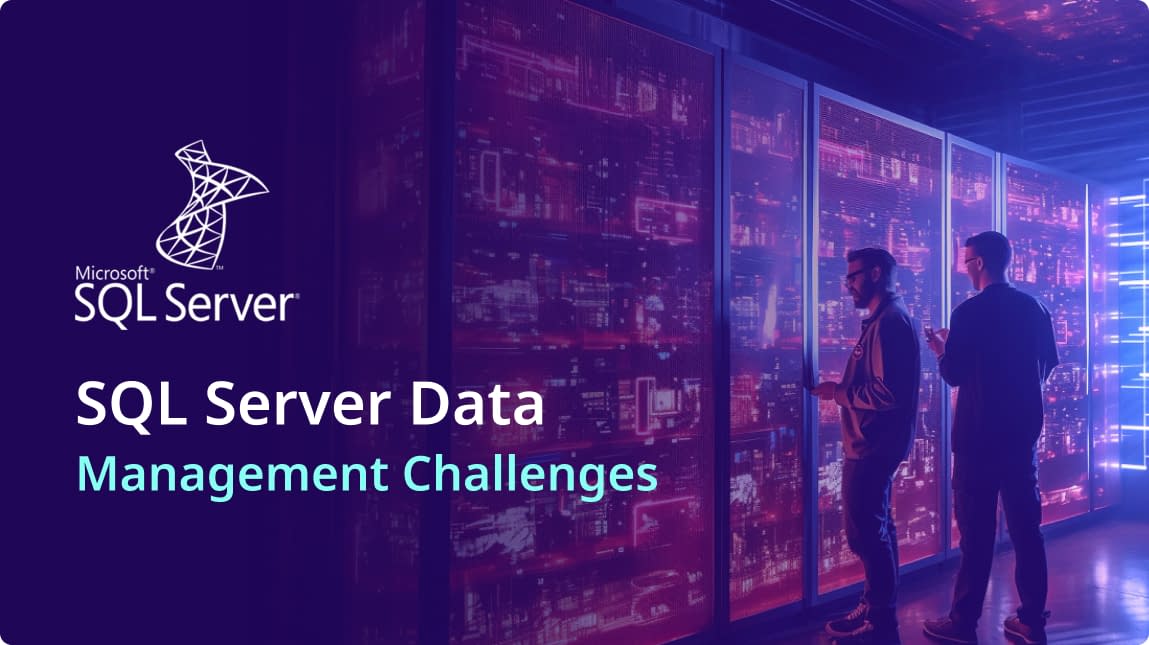
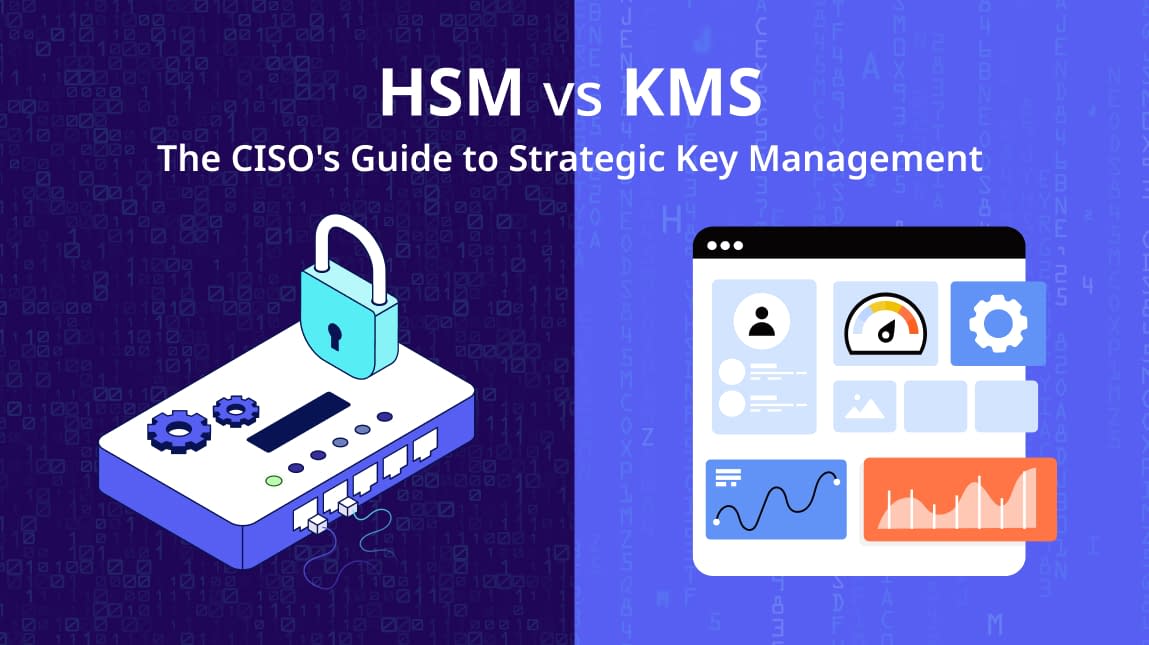



Comment